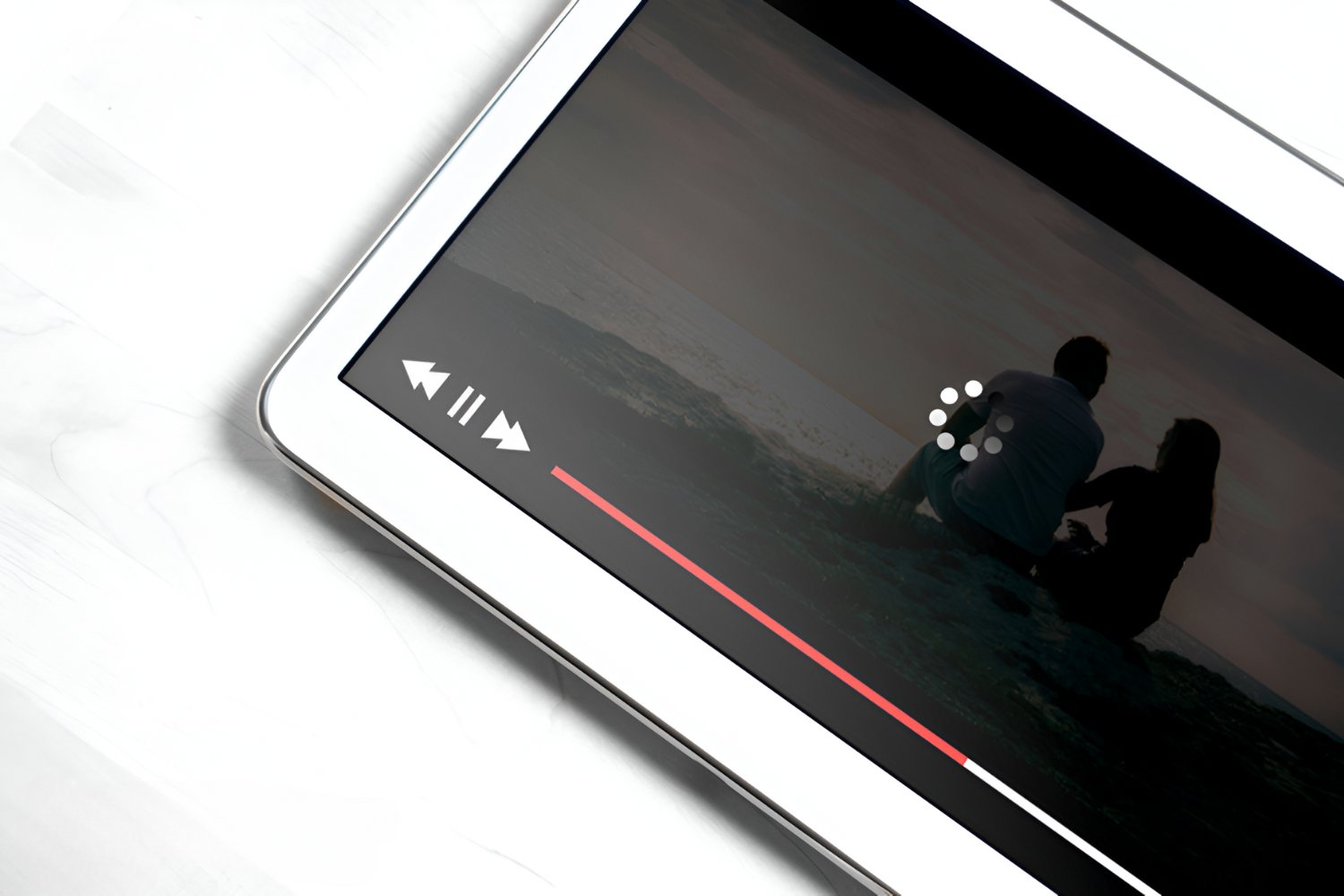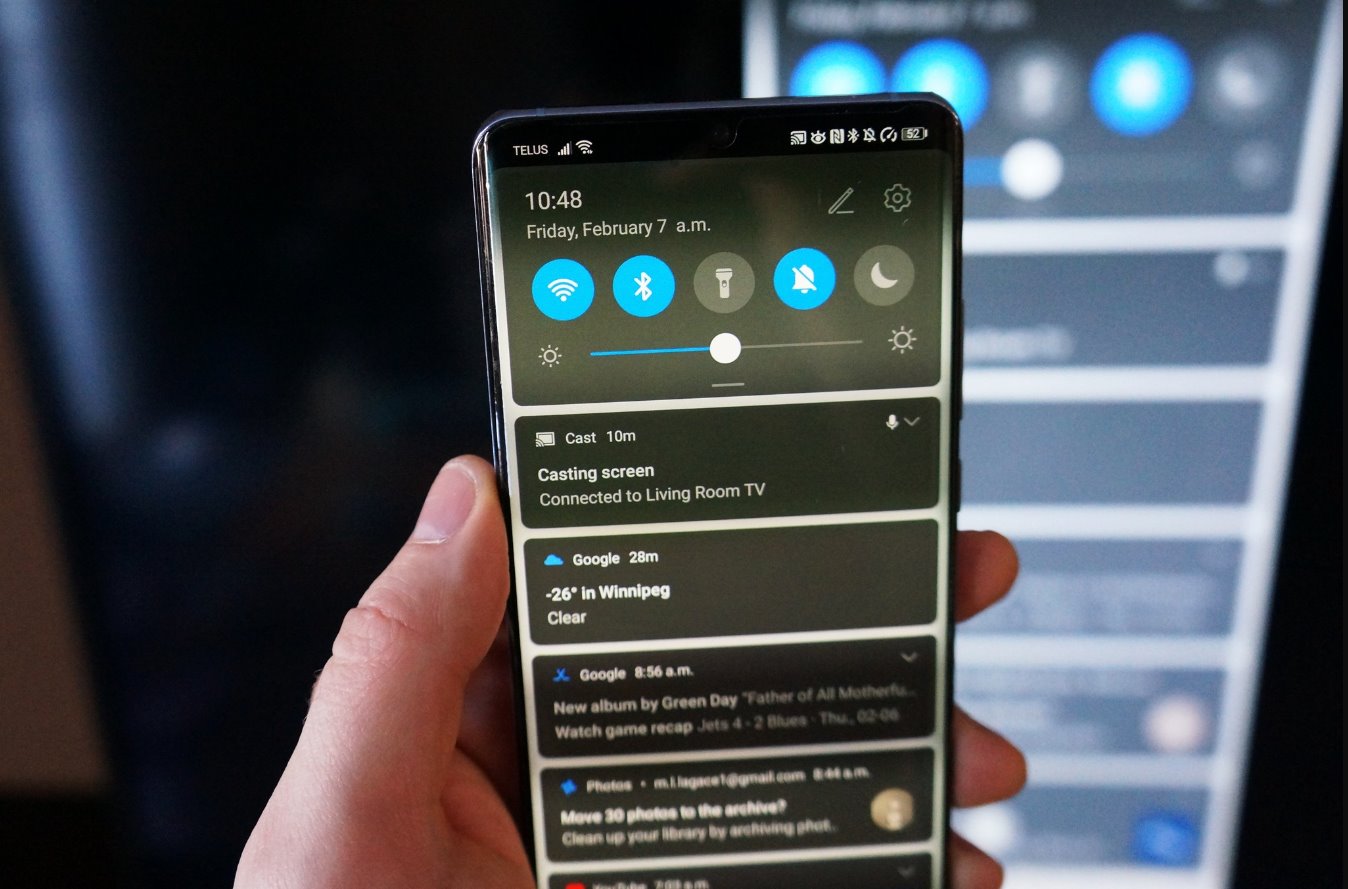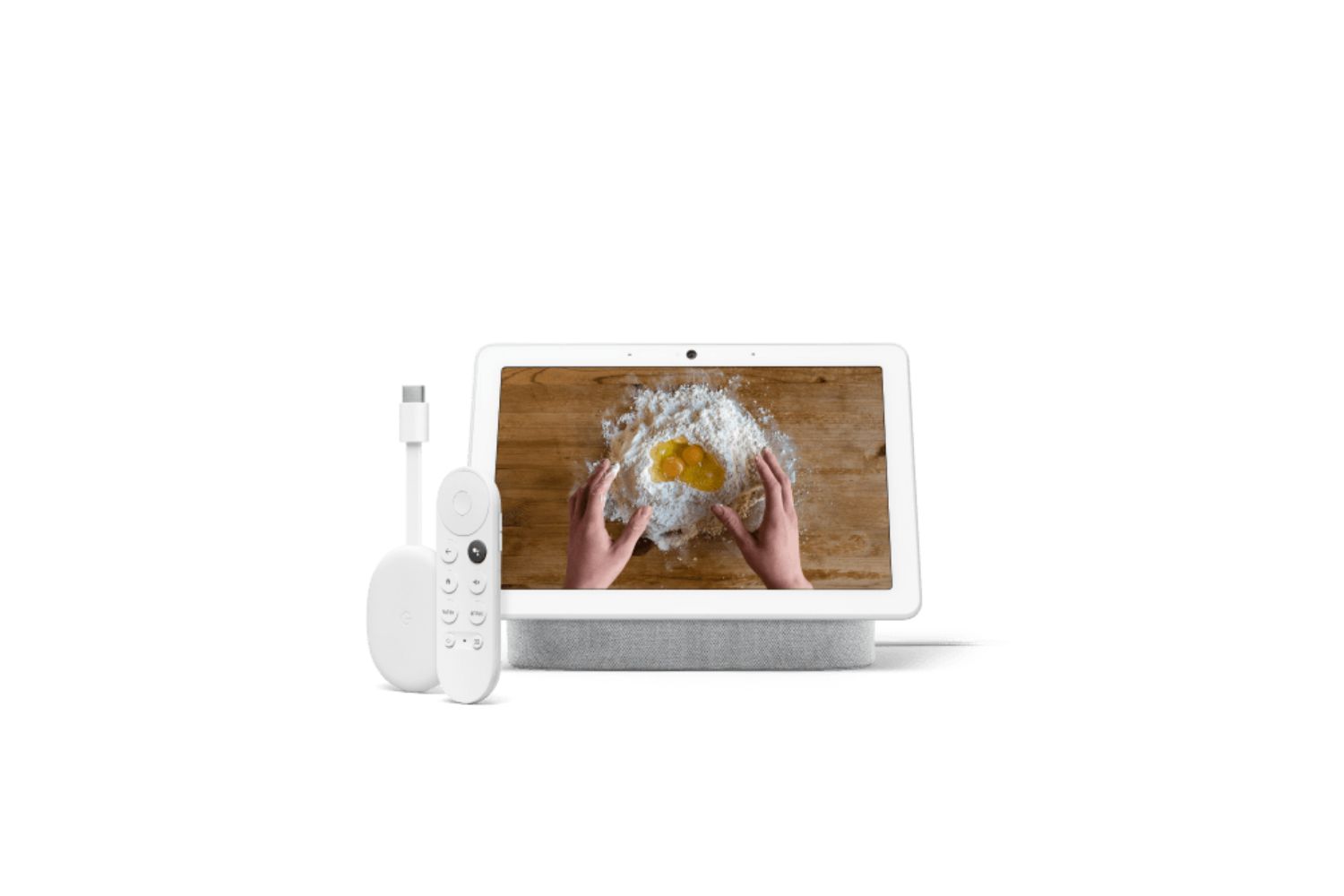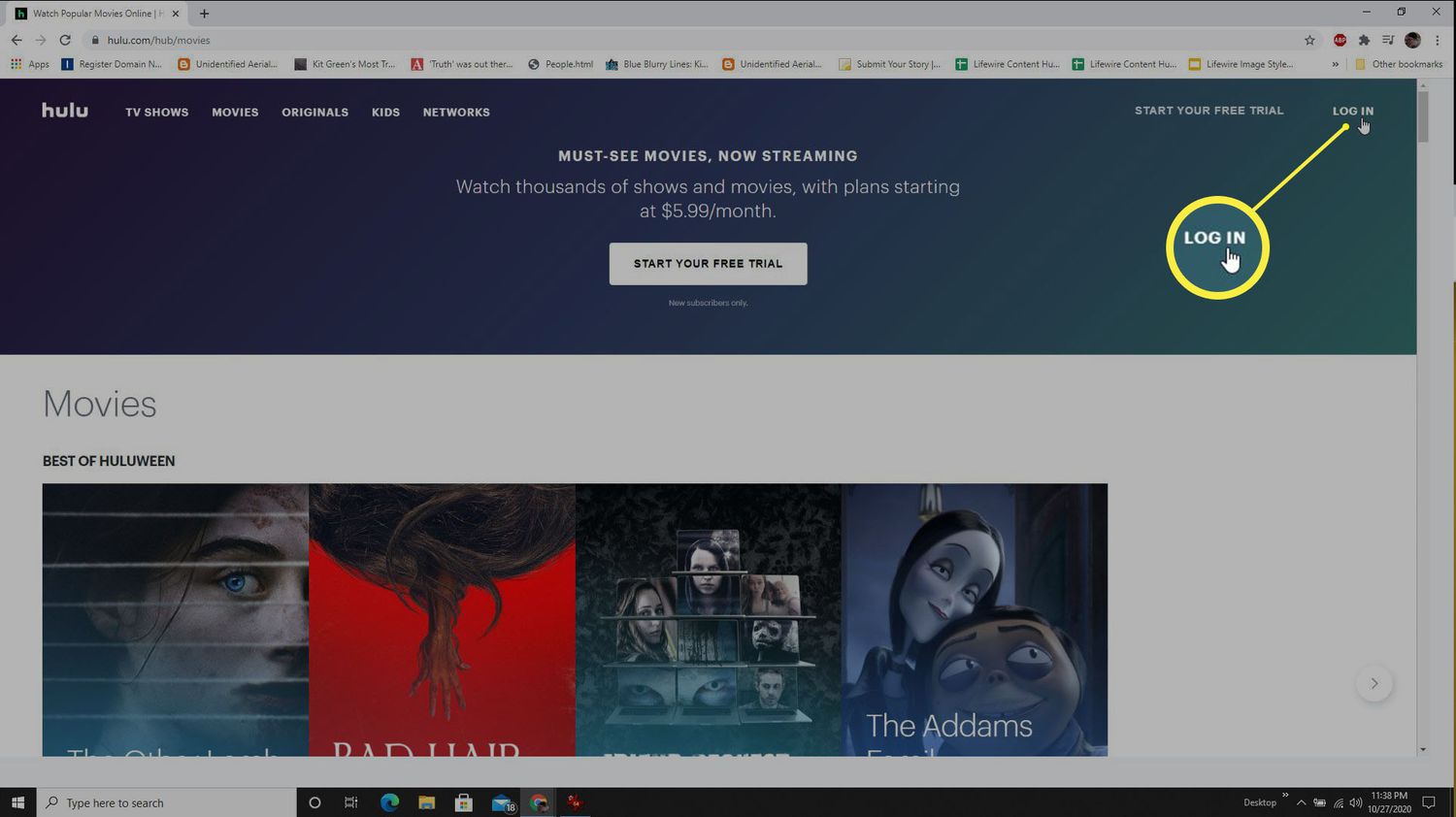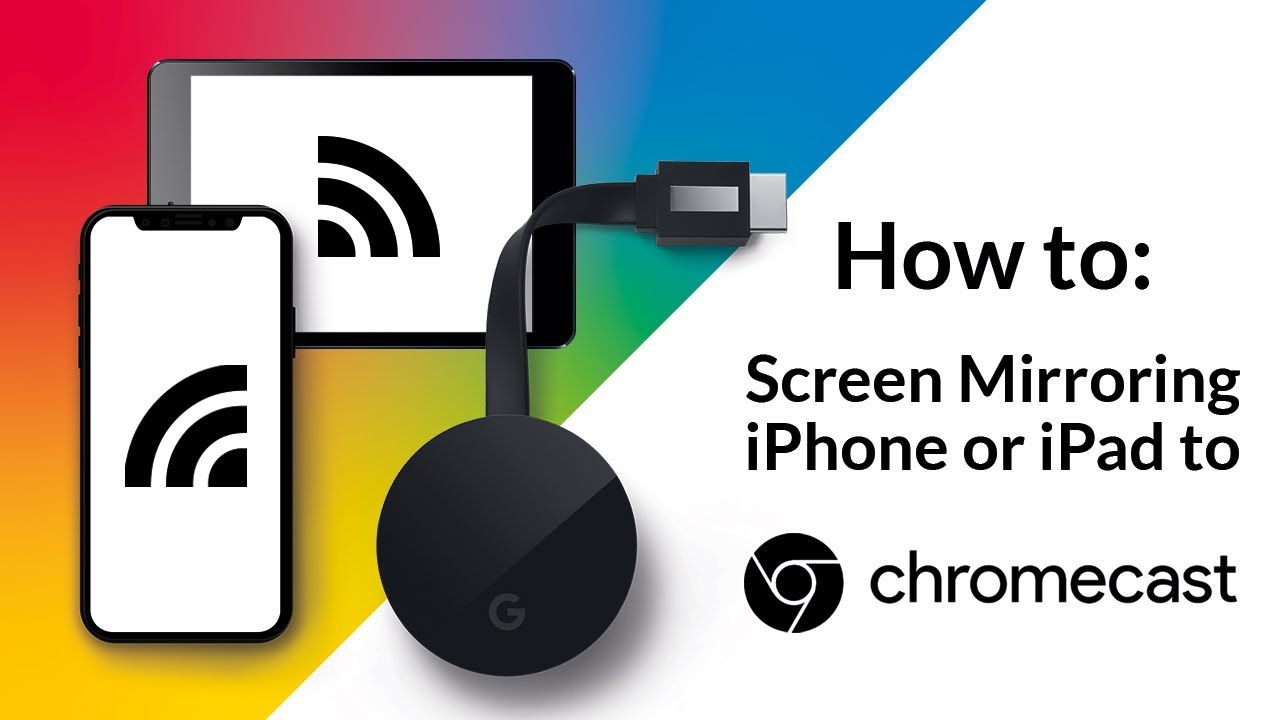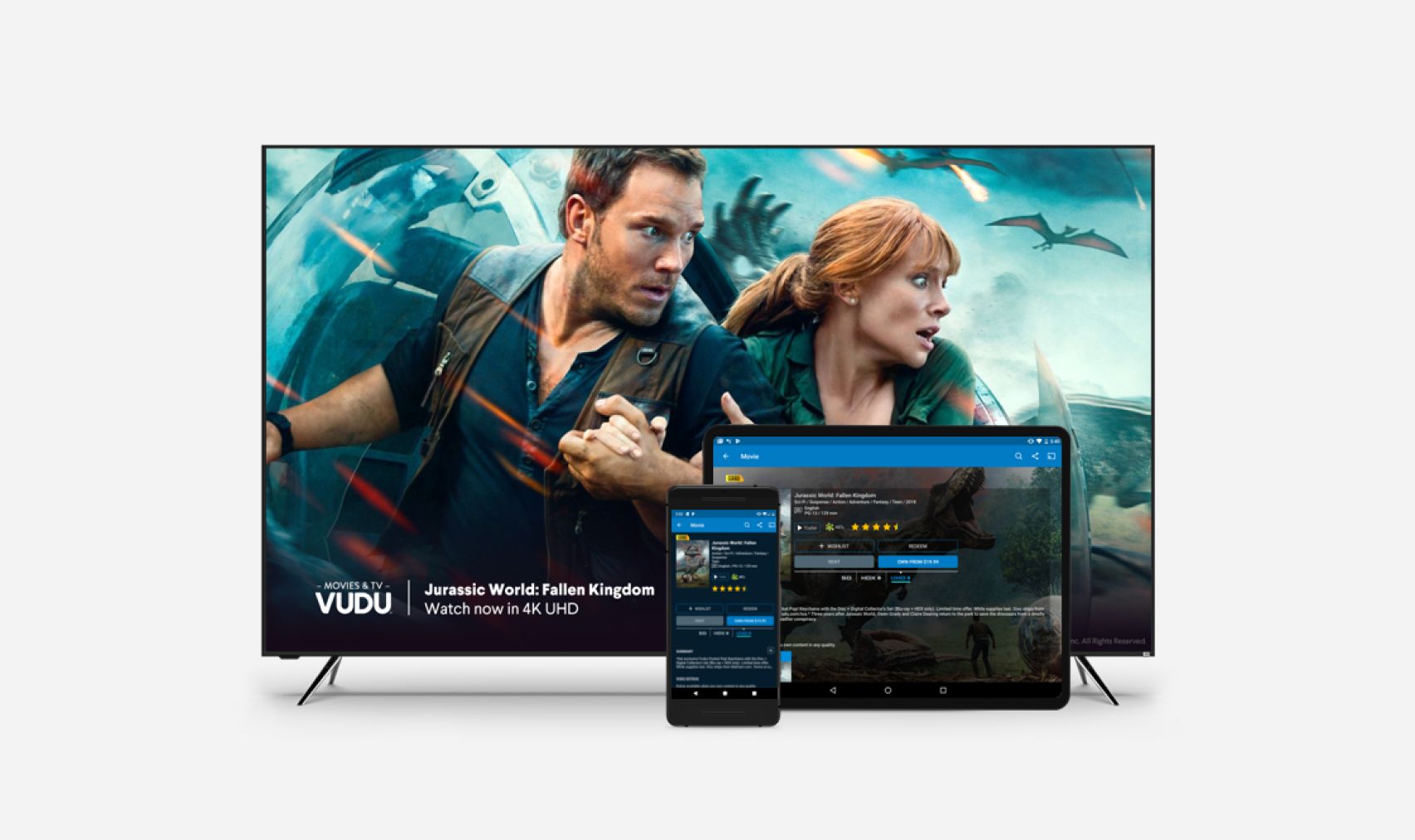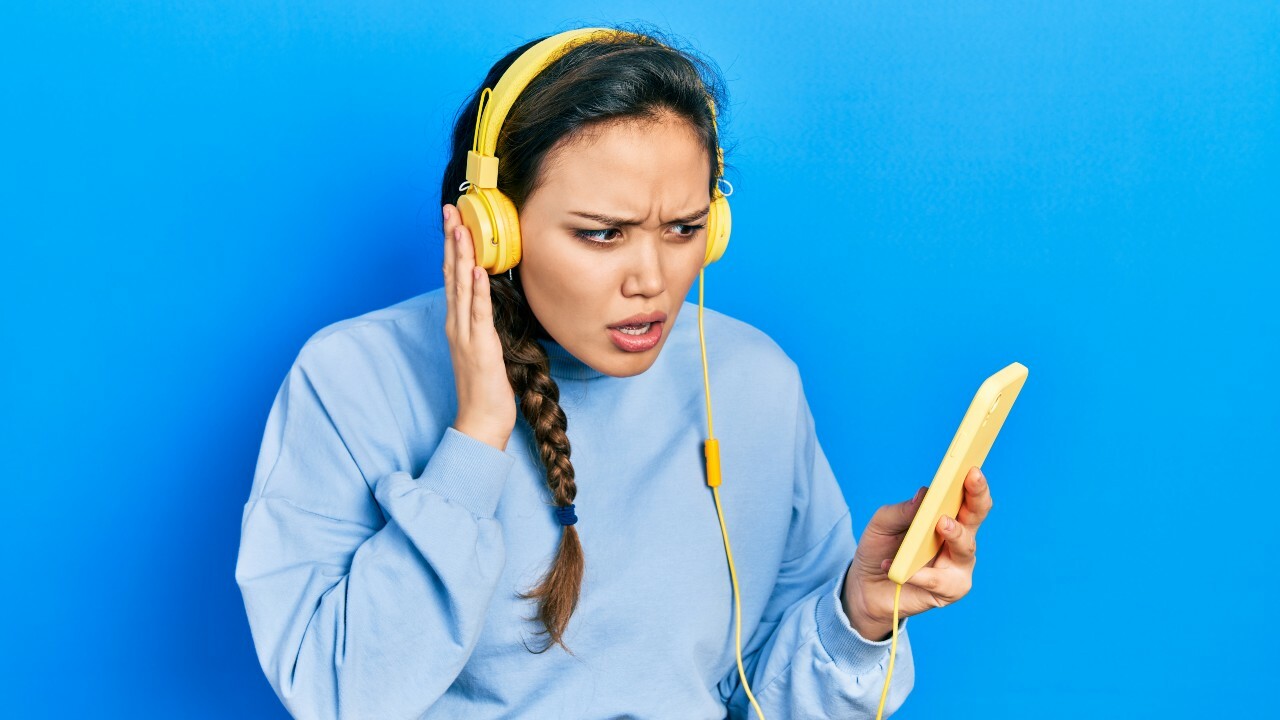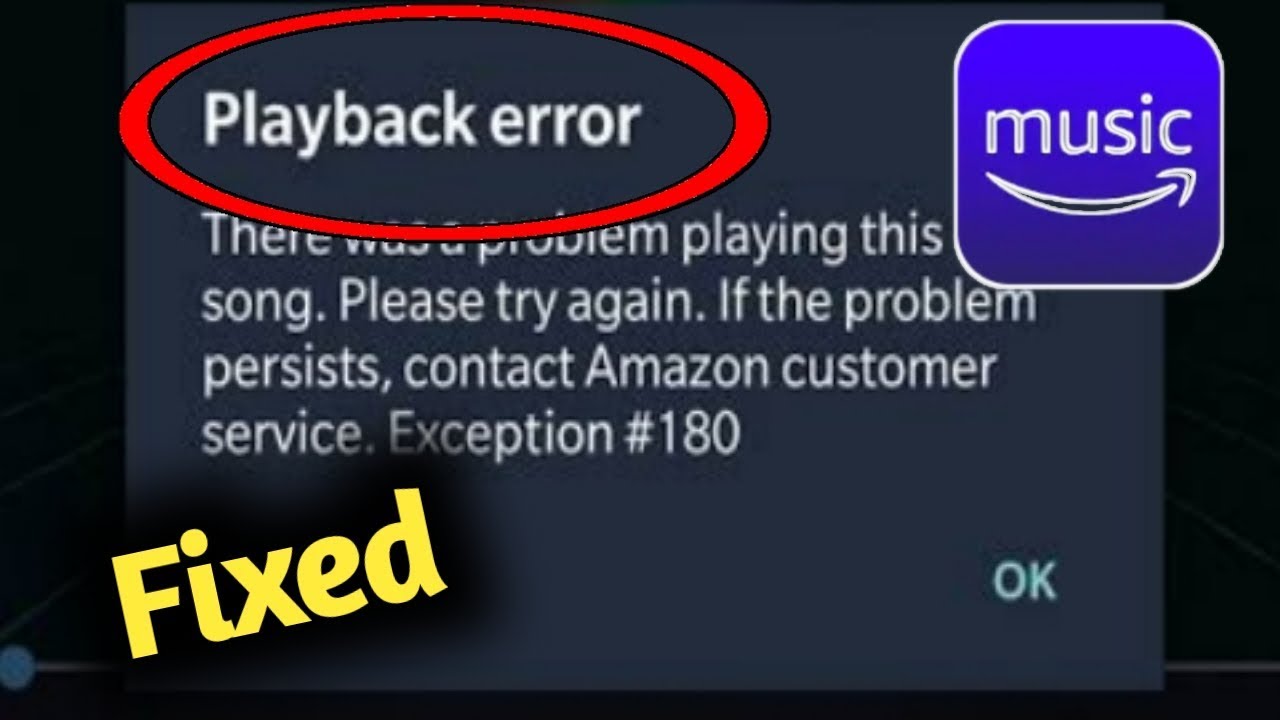Introduction
Welcome to this guide on how to stop buffering on your Android tablet. We all love streaming our favorite TV shows, movies, or videos on our tablets, but nothing can be more frustrating than constant buffering interruptions. Buffering can be caused by various factors, such as slow internet connection, overloaded streaming apps, or outdated software. Whether you’re experiencing occasional buffering or constant interruptions, this guide will provide you with valuable tips to help you resolve buffering issues on your Android tablet.
Buffering occurs when your device is downloading and storing the content temporarily to ensure smooth playback. However, factors like a weak Wi-Fi signal, network congestion, or insufficient device resources can result in buffering problems. Thankfully, there are several steps you can take to minimize or even eliminate buffering on your Android tablet.
In the following sections, we will explore different solutions to resolve buffering issues on your Android tablet. We will cover topics such as checking your Wi-Fi connection, clearing cache and data of streaming apps, updating your streaming apps, and more.
By implementing the strategies outlined in this guide, you’ll be able to enjoy uninterrupted streaming sessions on your Android tablet. So, let’s dive in and discover how to put an end to buffering issues!
Why buffering occurs on Android tablets
Buffering can be a frustrating experience, especially when you’re trying to enjoy your favorite content on your Android tablet. Understanding why buffering occurs is essential in troubleshooting and finding effective solutions. Here are some common reasons why buffering may occur on Android tablets:
- Slow internet connection: One of the main culprits behind buffering is a sluggish internet connection. If your Wi-Fi signal is weak or experiencing interference, it can lead to buffering issues. Additionally, if you have multiple devices connected to the same network, they may be using bandwidth and causing network congestion.
- Overloaded streaming apps: Streaming apps like Netflix, YouTube, or Hulu rely on servers to deliver content to your device. If these servers are experiencing high traffic or technical difficulties, it can result in buffering as your device struggles to retrieve and play the content.
- Outdated software: An outdated operating system or outdated versions of streaming apps can contribute to buffering problems. Software updates often include bug fixes and optimization improvements that can resolve buffering issues.
- Insufficient device resources: If your Android tablet has limited RAM or storage space, it may struggle to handle the demands of streaming high-quality content. Insufficient resources can cause buffering as your device tries to keep up with the data requirements.
It’s important to note that buffering issues can occur due to a combination of these factors or other technical issues specific to your tablet model and network setup. Identifying the underlying cause(s) of buffering will help you implement targeted solutions for a smoother streaming experience on your Android tablet.
In the following sections, we will explore various methods to overcome buffering issues on your Android tablet. By addressing the root causes and applying the right solutions, you can improve your streaming experience and enjoy uninterrupted playback of your favorite content.
Check your Wi-Fi connection
A weak or unstable Wi-Fi connection can be a major factor contributing to buffering issues on your Android tablet. Performing a thorough check of your Wi-Fi connection can help identify and resolve any potential issues. Here are some steps to follow:
- Move closer to the router: If you’re experiencing buffering problems, try moving closer to your Wi-Fi router. This will ensure a stronger Wi-Fi signal and reduce the chances of interference.
- Restart your router: Sometimes, simply restarting your router can help resolve connectivity issues. Power off your router, wait for a few seconds, and then turn it back on. Wait for the router to establish a stable connection, and then check if the buffering issues persist.
- Check for interference: Other electronic devices or appliances can interfere with your Wi-Fi signal. Make sure your tablet is away from devices like cordless phones, microwaves, or baby monitors, which can disrupt the signal and lead to buffering.
- Change Wi-Fi channels: If you live in a densely populated area, neighboring Wi-Fi networks may cause interference. Access your router settings and try changing the Wi-Fi channel to a less congested one. Experiment with different channels to find the one that provides the most stable connection.
- Update router firmware: Check if there are any firmware updates available for your router. Outdated firmware can cause performance issues, including buffering. Refer to your router’s manufacturer website for instructions on updating the firmware.
- Consider a Wi-Fi extender: If you’re experiencing weak Wi-Fi signals in certain areas of your home, consider using a Wi-Fi extender. These devices can help expand the coverage of your Wi-Fi network, ensuring a strong and stable connection throughout your living space.
By checking and optimizing your Wi-Fi connection, you can drastically reduce buffering issues on your Android tablet. However, if you’re still facing buffering problems, there may be other factors contributing to the issue. In the next section, we will explore how clearing cache and data of streaming apps can help improve your streaming experience.
Clear cache and data of streaming apps
Streaming apps on your Android tablet store temporary data, known as cache, to improve performance and load times. However, over time, this cache can accumulate and cause buffering issues. Clearing the cache and data of your streaming apps can help resolve these problems. Here’s how to do it:
- Access app settings: On your Android tablet, go to the Settings menu and find the “Apps” or “Applications” section. Tap on it to view a list of installed apps.
- Select the streaming app: Scroll through the list and find the streaming app that is causing buffering issues. Tap on it to access its settings.
- Clear cache: Within the app settings, you’ll see an option to clear cache. Tap on it to remove the temporary data stored by the app. This process may take a few seconds.
- Clear data (optional): If clearing the cache doesn’t resolve the buffering issues, you can also try clearing the app’s data. However, keep in mind that clearing the data will log you out of the app and remove any personalized settings or downloaded content. Use this option as a last resort if all else fails.
- Restart the app: Once you’ve cleared the cache (and optionally the data), exit the app settings and relaunch the streaming app. This will refresh the app and its settings, potentially resolving any buffering problems.
By clearing the cache and data of your streaming apps, you’re essentially starting fresh and eliminating any accumulated data that may impact the app’s performance. This can help improve the app’s responsiveness and reduce buffering occurrences.
If you’re still experiencing buffering issues after clearing the cache and data, it may be beneficial to update your streaming apps. We will explore this solution in the next section.
Update your streaming apps
Outdated versions of streaming apps can often lead to buffering problems on your Android tablet. Developers regularly release updates that include bug fixes, performance improvements, and new features. By keeping your streaming apps up to date, you can ensure optimal performance and minimize buffering issues. Here’s how to update your streaming apps:
- Open the Google Play Store: On your Android tablet, locate and open the Google Play Store app. This is where you can download and update your apps.
- Access the “My apps & games” section: Tap on the three horizontal lines in the top-left corner of the Play Store, and then select “My apps & games” from the menu that appears.
- Check for app updates: In the “Installed” tab, you’ll see a list of all the apps installed on your tablet. Look for streaming apps that have an available update. Apps with pending updates will be labeled “Update.”
- Update the streaming apps: Tap on the “Update” button next to the streaming app that you want to update. If multiple apps have updates available, you can select “Update all” to update all of them at once.
- Wait for the updates to finish: The Play Store will start downloading and installing the updates for your streaming apps. Make sure you have a stable internet connection and sufficient storage space on your tablet for the updates to complete.
- Restart the streaming app: After the updates are installed, exit the Play Store and relaunch the streaming app. This will ensure that the app is running on the latest version and can help resolve any buffering issues caused by outdated software.
By regularly updating your streaming apps, you can take advantage of improvements made by developers and ensure compatibility with the latest content delivery systems. Updated apps are more likely to have better optimization, reducing the occurrence of buffering problems on your Android tablet.
If updating your apps doesn’t resolve the buffering issues, it may be beneficial to disable auto-updates on your tablet. This will prevent other apps from updating in the background and potentially affecting your streaming experience. We will explore this solution in the next section.
Disable auto-updates on your tablet
Auto-updates can be convenient for keeping your apps up to date, but they can also interfere with your streaming experience on your Android tablet. When apps automatically update in the background, they consume network resources and processing power, potentially causing buffering issues. Disabling auto-updates can help prevent these interruptions. Here’s how:
- Access Google Play Store settings: Open the Google Play Store app on your Android tablet.
- Open the Settings menu: Tap on the three horizontal lines in the top-left corner of the Play Store to open the menu. Scroll down and select “Settings.”
- Disable auto-updates: In the Play Store settings, look for the “Auto-update apps” option. Tap on it to open the auto-update settings.
- Select “Don’t auto-update apps”: Within the auto-update settings, choose the “Don’t auto-update apps” option. This will disable automatic updates for all your installed apps.
By disabling auto-updates, you have more control over when updates are performed. This allows you to schedule updates when you’re not actively streaming content, reducing the chances of buffering issues during your streaming sessions.
Keep in mind that disabling auto-updates means you’ll need to manually update your apps. It’s a good practice to regularly check for updates in the Google Play Store and manually update your streaming apps when you have a stable internet connection and sufficient storage space.
If disabling auto-updates and updating your streaming apps haven’t resolved the buffering issues, it may be worth considering using a VPN. We will explore how a VPN can help improve your streaming experience in the next section.
Use a VPN
Using a Virtual Private Network (VPN) on your Android tablet can help improve your streaming experience and reduce buffering issues. A VPN creates a secure connection between your tablet and the internet, encrypting your data and routing it through a server in a different location. Here’s how a VPN can help with buffering:
- Overcome geo-blocking: Some streaming services may have content restrictions based on your geographical location. With a VPN, you can connect to servers in different countries and access content that may not be available in your region. This can help reduce buffering by allowing you to choose servers with better streaming performance.
- Bypass ISP throttling: Internet service providers (ISPs) sometimes throttle or limit the bandwidth for certain streaming services. By using a VPN, your data is encrypted, making it harder for ISPs to identify and throttle specific streaming traffic. This can lead to smoother streaming and fewer buffering interruptions.
- Improved privacy and security: VPNs encrypt your internet traffic, adding an extra layer of security and privacy. This can protect your sensitive information from potential threats and enhance your overall online experience.
- Choose VPN servers wisely: When using a VPN, it’s important to choose servers that provide a stable and fast connection. Opt for servers that are close to your physical location or have a reputation for good streaming performance. Experiment with different servers to find the best one for your streaming needs.
There are numerous VPN services available for Android tablets. Look for reputable VPN providers that offer fast speeds, a wide selection of server locations, and a user-friendly interface. Many VPNs offer both free and paid versions, with the paid options often providing more features and better performance.
However, keep in mind that using a VPN may slightly increase your overall internet usage and may require a subscription. Additionally, VPNs may not completely eliminate buffering issues if the underlying cause lies with your internet connection or other factors.
In the next section, we will explore how closing unnecessary background apps can optimize your tablet’s resources and potentially reduce buffering.
Close unnecessary background apps
Having multiple apps running in the background on your Android tablet can consume valuable system resources and contribute to buffering issues while streaming. Closing unnecessary background apps can free up memory and processing power, allowing your tablet to dedicate more resources to the streaming app. Here’s how to close background apps:
- Access the Recent Apps menu: On most Android devices, you can access the Recent Apps menu by swiping up from the bottom of the screen or tapping the square or Recent Apps button (varies depending on your device model).
- Swipe away or close apps: In the Recent Apps menu, you’ll see a list of recently used apps. Swipe left or right to navigate through the list and swipe apps away or tap the close button to close them. This removes them from running in the background.
- Alternatively, use the App Switcher: Some Android devices have an App Switcher button that lets you access and close background apps directly. Look for this button on your device and use it to navigate and close apps.
By closing unnecessary background apps, you free up system resources such as memory (RAM) and processing power. This allows your tablet to allocate more of its resources to the streaming app, potentially resulting in smoother playback with fewer buffering interruptions.
It’s important to note that some apps may continue running in the background even after closing them from the Recent Apps menu. To prevent this, you can disable background activity for specific apps in the device settings. However, exercise caution when disabling background activity, as some apps may require it for essential functions like notifications.
By regularly closing unnecessary background apps, you can optimize your tablet’s performance and improve your streaming experience. However, if buffering issues persist, you may need to adjust video quality settings on the streaming app, restart your tablet and modem/router, or further troubleshoot your internet connection.
In the next section, we will explore how adjusting video quality settings can help reduce buffering problems on your Android tablet.
Adjust video quality settings
Adjusting the video quality settings on your streaming app can be an effective way to reduce buffering issues on your Android tablet. By optimizing the video quality to match your internet connection’s capabilities, you can ensure smoother playback without frequent interruptions. Here’s how to adjust the video quality settings:
- Open the streaming app: Launch the streaming app on your Android tablet.
- Access the app settings: Look for the settings or gear icon within the app interface and tap on it to access the settings menu.
- Find the video quality settings: Look for options such as “Video Quality,” “Playback Settings,” or “Streaming Quality” in the settings menu.
- Choose an appropriate video quality: Depending on the streaming app, you may have the option to select a specific video quality, such as SD (Standard Definition), HD (High Definition), or even Ultra HD (4K). If you’re experiencing buffering issues, consider selecting a lower video quality option that matches your internet connection speed.
- Save or apply the settings: After choosing the desired video quality, save or apply the settings to ensure the changes take effect.
By adjusting the video quality settings, you’re essentially reducing the data demands, which can help prevent buffering. Lower video quality options require less bandwidth and are more forgiving if your internet connection is not stable or fast enough to handle higher-quality streams.
Keep in mind that adjusting the video quality may result in a slightly lower resolution or visual clarity compared to higher-quality settings. However, the trade-off is a smoother streaming experience with fewer buffering interruptions.
It’s worth noting that some streaming apps offer an “Auto” option for video quality, which adjusts the quality based on your internet connection’s speed and stability. This can be a convenient setting to ensure optimal playback without manual adjustments.
If adjusting the video quality settings doesn’t resolve the buffering issues, you may need to consider restarting your tablet and modem/router. We will explore this solution in the next section.
Restart your tablet and modem/router
Restarting both your Android tablet and modem/router can help resolve buffering issues by resetting network connections and clearing any temporary glitches or conflicts. This simple yet effective step can often improve the overall performance and stability of your internet connection. Here’s how to restart your tablet and modem/router:
- Restart your tablet: Press and hold the power button on your Android tablet until a menu appears. Select the “Restart” or “Power off” option and wait for your tablet to power down completely. Once it’s off, press the power button again to turn it back on.
- Restart your modem/router: Locate the power source of your modem/router and unplug it from the power outlet. Leave it unplugged for about 30 seconds to a minute. Then, plug it back in and wait for the modem/router to fully restart. This process may take a few minutes.
- Allow devices to reconnect: After restarting the modem/router, wait for all the indicator lights to stabilize. Then, turn on your tablet and give it a few moments to establish a connection with the modem/router.
Restarting your tablet and modem/router can help refresh network connections and resolve any temporary issues that may be causing buffering interruptions. This process clears cache, resets network settings, and can often result in a more stable and optimized internet connection.
If possible, it’s recommended to restart your tablet and modem/router periodically, especially if you frequently experience buffering problems or notice a decline in internet performance. Regularly rebooting these devices can help maintain a smooth streaming experience.
If, after restarting your tablet and modem/router, buffering issues persist, it may be necessary to consult with your internet service provider or further troubleshoot your network setup.
Now that we’ve explored various solutions to minimize buffering on your Android tablet, let’s summarize what we’ve covered before concluding this guide.
Conclusion
Buffering issues can be frustrating when you’re trying to enjoy streaming on your Android tablet. However, by following the steps outlined in this guide, you can effectively minimize buffering interruptions and have a smoother streaming experience. Let’s recap the key solutions we’ve covered:
- Check your Wi-Fi connection and ensure it is stable and free from interference.
- Clear the cache and data of your streaming apps to eliminate any temporary glitches.
- Keep your streaming apps updated to benefit from bug fixes and performance improvements.
- Consider disabling auto-updates to prevent other apps from consuming resources while streaming.
- Use a VPN to overcome geo-blocking and bypass ISP throttling for better streaming performance.
- Close unnecessary background apps to free up system resources for your streaming app.
- Adjust the video quality settings to match your internet connection’s capabilities.
- Restart your tablet and modem/router to refresh network connections and clear temporary issues.
By implementing these solutions, you can optimize your Android tablet for streaming and enjoy uninterrupted playback of your favorite content.
Remember, it’s important to consider multiple factors that can contribute to buffering issues. If one solution doesn’t completely resolve the problem, try combining different strategies or exploring further troubleshooting options specific to your network environment.
Lastly, keep your device’s software up to date, practice good internet hygiene, and periodically evaluate your streaming apps and internet connection to maintain an optimal streaming experience on your Android tablet.







